On my first morning in Beijing, I woke up early with an eager heart, ready to immerse myself in the city’s historic rhythms. The charm of Beijing’s hutongs — those narrow lanes crisscrossing the old neighborhoods — called to me like a timeless invitation. I wandered quietly down cobblestone paths flanked by low, gray brick houses, catching glimpses of daily scenes: a grandmother carefully hanging bright red lanterns, children playing hopscotch with contagious laughter, elders gathered around a chess set in the shade of blossoming apricot trees.
The cool morning light filtered softly through leaves and between the wooden beams of ancient courtyard doors. I pressed my hand gently against a faded red doorframe, as if holding onto the history it guarded. These lanes gave me a glimpse of a world where history isn’t boxed away but lives vividly in everyday life. Walking here felt like turning the pages of a living storybook.
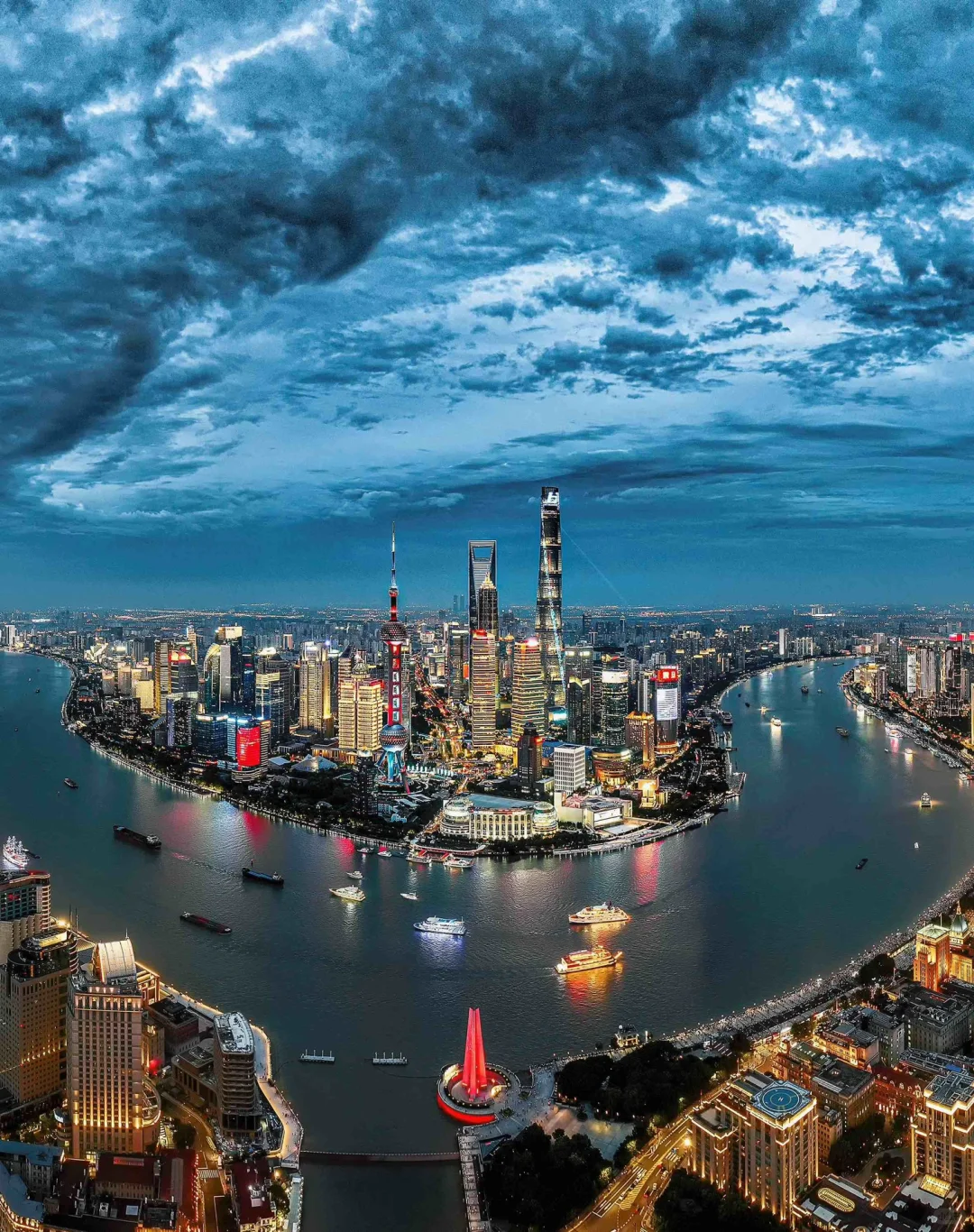
The quietude was punctuated only by the distant ring of bicycle bells and chatter from local vendors setting up their stalls. Exploring the hutongs on foot or by rickshaw allowed me to absorb the textures, sounds, and smells—like simmering jianbing on street carts or fresh tea leaves steeping. The experience was intimate and grounding, a perfect start to my Beijing adventure.
Discover more about Beijing’s traditional hutong life
Midway through my stay, I branched off into a bustling neighborhood rich with cultural pulse. Here, I watched a local craftsman carving intricate paper cuttings, a folk tradition passed down through generations. He explained the symbolism behind the red paper patterns and gifted me a small handcut butterfly as a keepsake. These moments highlight why understanding local heritage is a vital part of travel.
Another afternoon, I joined a tai chi class held outdoors at a communal square. Surrounded by people moving slowly and purposefully, I felt a serene connection to time-honored practices enhancing well-being. This embodied cultural insight deepened my appreciation for Beijing beyond its famous landmarks.
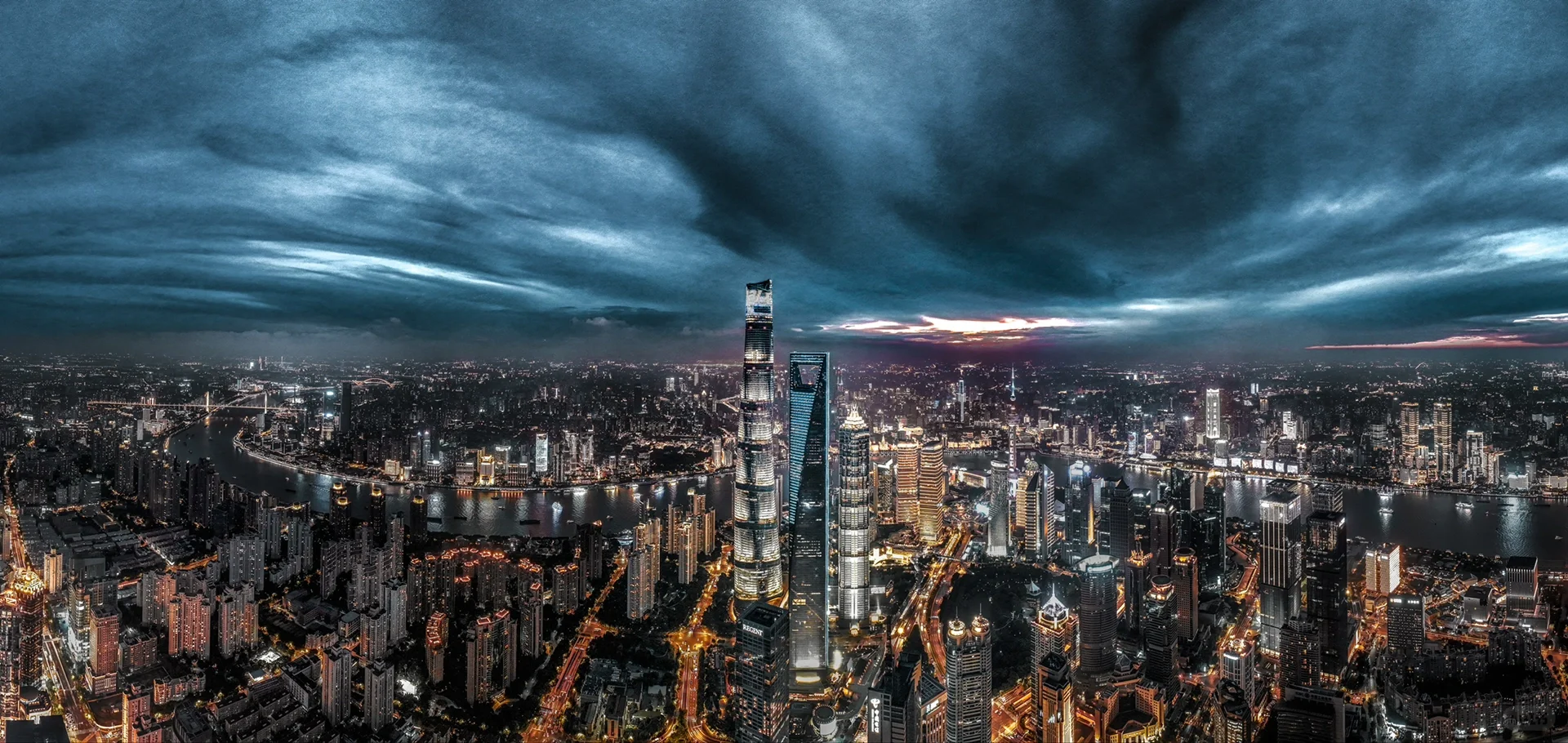
If you’re curious about the cultural fabric of Beijing’s neighborhoods, you might enjoy reading this article exploring its cultural districts.
While the hutongs carry the weight of history, Beijing’s modern side dazzles in a different way. One sunny afternoon, I visited the iconic CCTV Tower, an architectural marvel that stands out against the city skyline. From its observation deck, sweeping panoramas revealed the sprawling city below — a sprawling mosaic of old and new.
As I explored Olympic Park, the blend of futuristic design with green spaces highlighted Beijing’s commitment to balancing progress and sustainability. Walking beneath the soaring Bird’s Nest stadium and the Water Cube, I marveled at the creativity that shaped these world-class venues.
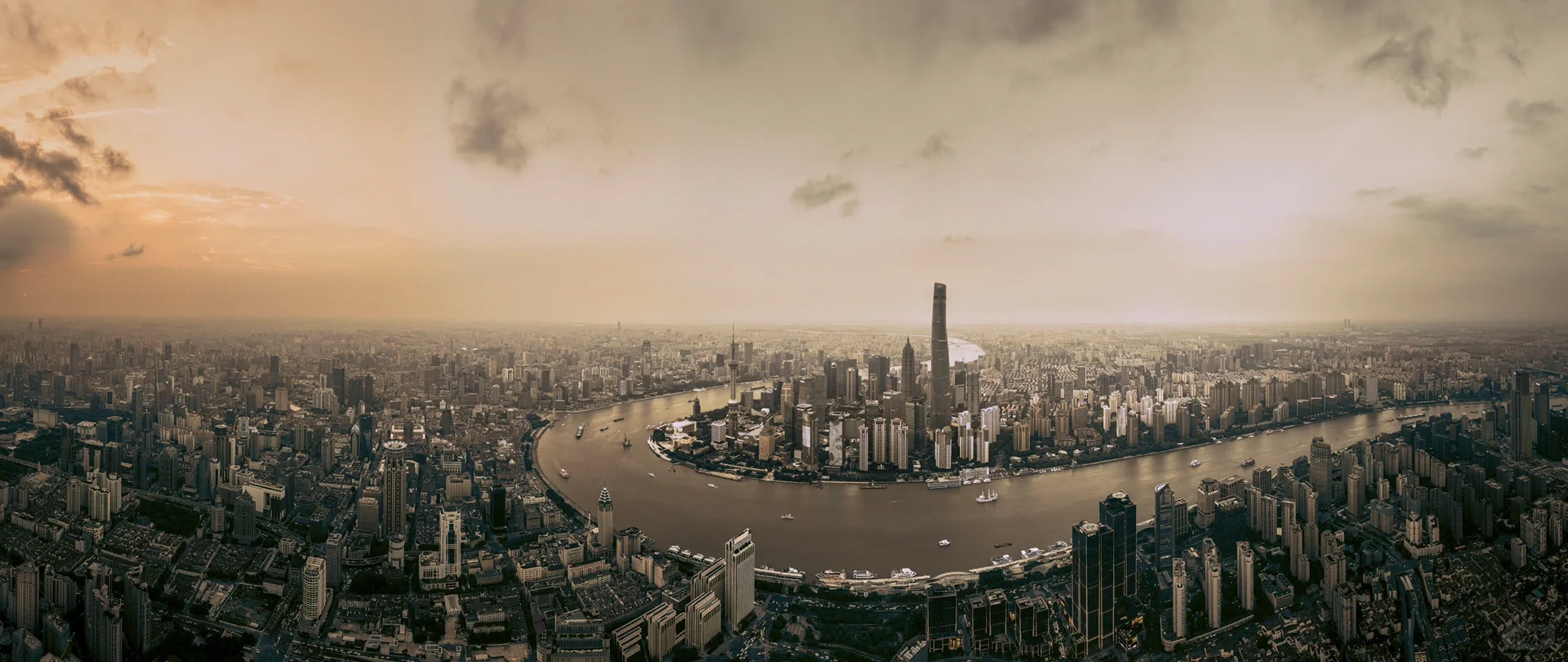
To broaden your understanding of Beijing’s development, the official architectural archives at Beijing Architectural Archive provide in-depth information on its iconic buildings.
Learn more about Beijing’s modern cityscape
No visit to Beijing would be complete without savoring its renowned flavors. I remember my first bite of Peking duck, the crispy skin melting perfectly alongside thin pancakes and fragrant scallions. Eating at a modest local restaurant, the roar of conversation and clatter of chopsticks added to the vibrant atmosphere.
Street food stalls beckoned me later with sizzling skewers, savory baozi steamed fresh, and the small surprise of sweet maltose honey candy shaped like animals—each bite telling its own story of regional tastes. Exploring local markets, I found vendors passionately sharing recipes and traditions. This tactile engagement felt genuine, much like user-generated stories shared on Xiaohongshu, conveying authenticity beyond tourist traps.
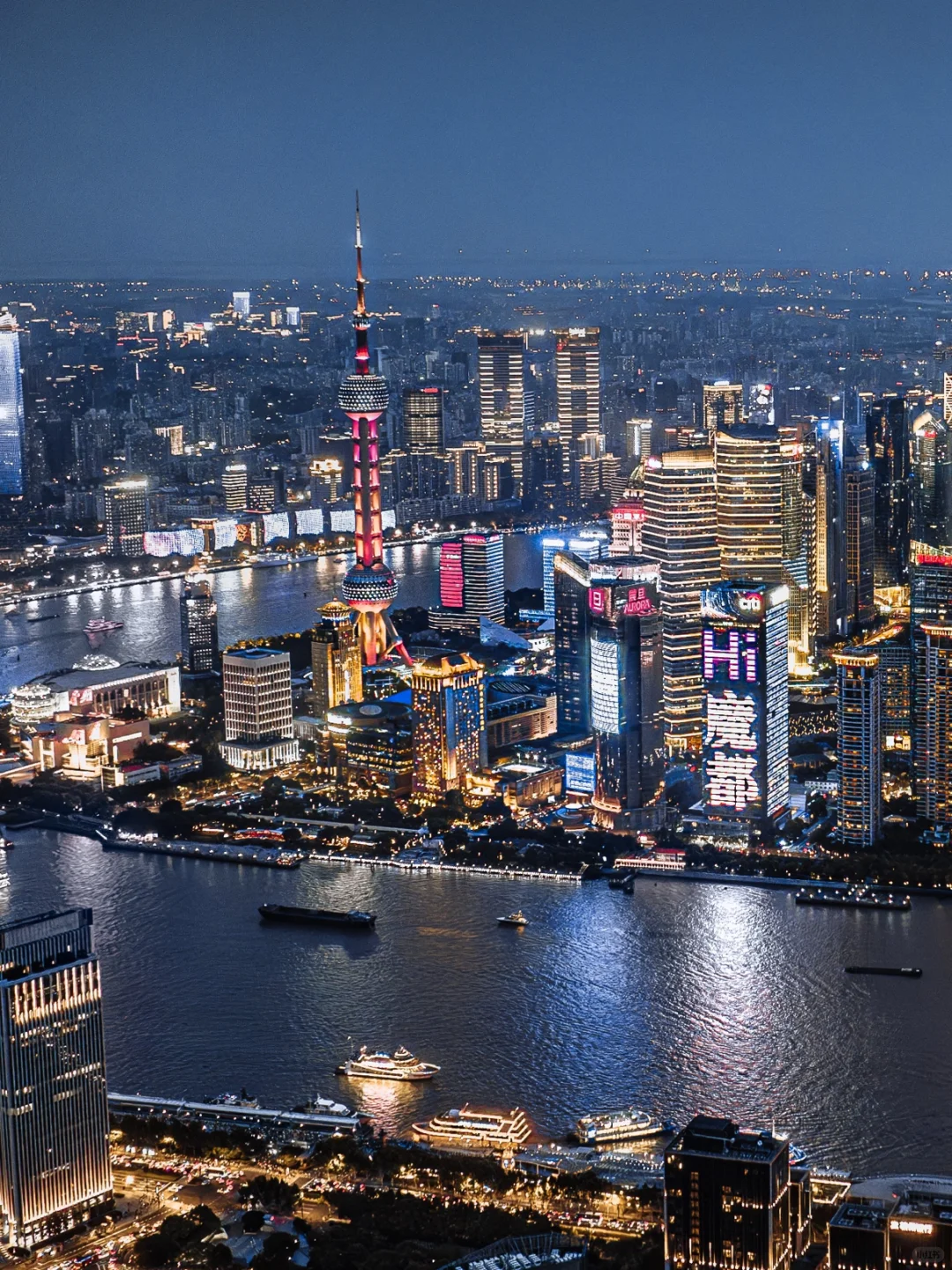
Explore Beijing’s food scene with our in-depth guide
Amidst the city’s lively urban rhythm, its parks offer serene retreats. I spent a delightful afternoon at Beihai Park, where lotus blossoms floated on shimmering lakes and willow branches trailed the water’s edge. Canoes gently bobbed as families strolled nearby. It was a perfect spot to pause, breathe, and observe locals practicing calligraphy or playing traditional instruments.
Later, at the Summer Palace, the expanse of ancient gardens and grand pavilions invited me into a leisurely wander, feeling transported back centuries. Official descriptions from the UNESCO World Heritage website emphasize the site’s blend of natural beauty and imperial architecture, which I wholeheartedly experienced.
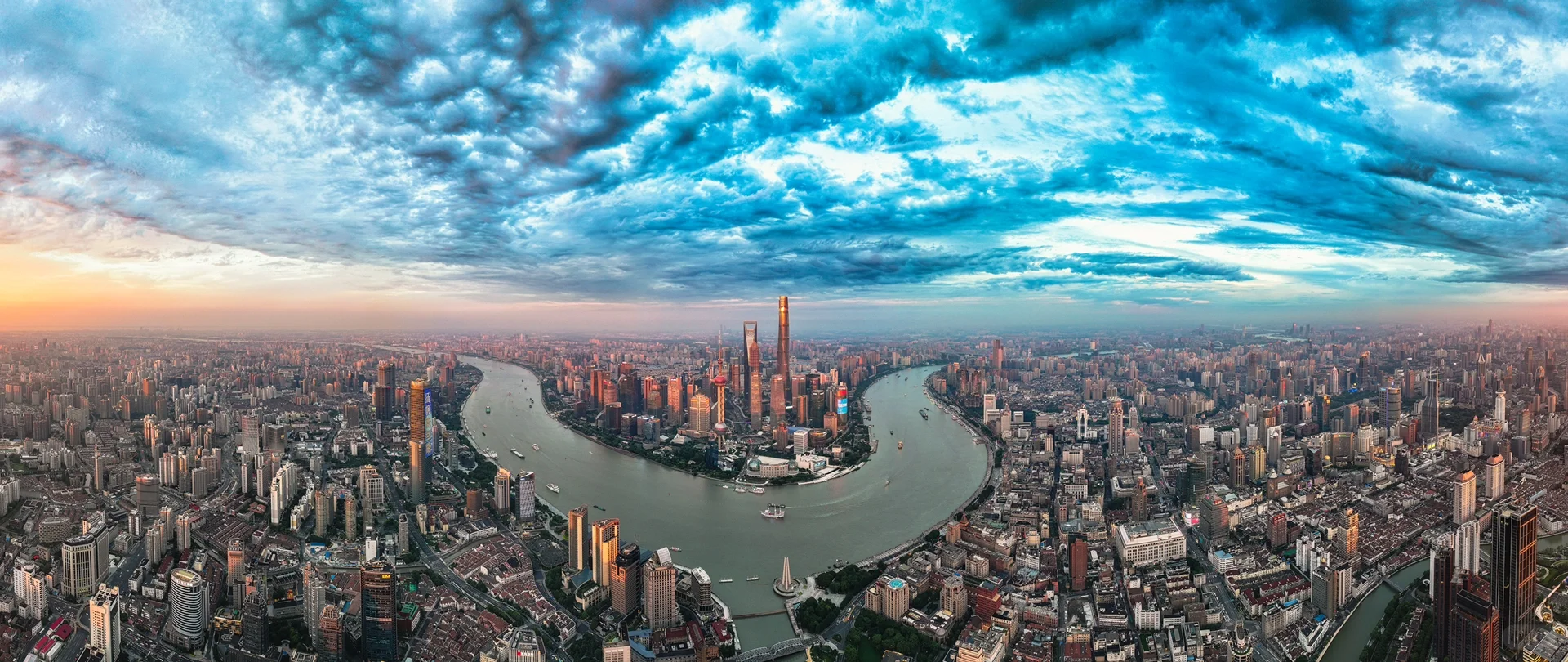
Find out more about Beijing’s top parks and gardens
Looking back on my journey, I feel grateful to have glimpsed the multiple layers of Beijing—from the quiet intimacy of hutongs to the vibrant energy of modern architecture, the savory richness of its cuisine, and the tranquility of its green spaces. Each experience was part of a larger mosaic narrating Beijing’s story.
Earlier in this travelogue, you met the city’s historic lanes, cultural customs, iconic landmarks, and delicious food. Now, as I wrap up, I can say that what truly made this trip special was the people I encountered and the moments where history felt alive all around me.
Whether you are drawn by Beijing’s hutongs, or its dynamic cityscape, this city never fails to captivate with its blend of past and present. I hope my reflections inspire you to plan your own meaningful adventure here.
Plan your Beijing trip with our detailed resources
The most enjoyable approach is on foot or by rickshaw, allowing you to take in the sights, sounds, and local interactions up close.
Yes, major attractions like the Bird’s Nest and CCTV Tower are well connected by public transport and provide impressive views and tours.
Local restaurants within central districts, such as Quanjude or Dadong, serve traditional Peking duck cooked with genuine recipes.
Spring and autumn offer mild weather and clear skies, ideal for walking outdoor areas and parks.
Yes, many hutong neighborhoods host traditional music, dance, and art workshops, especially during festivals.
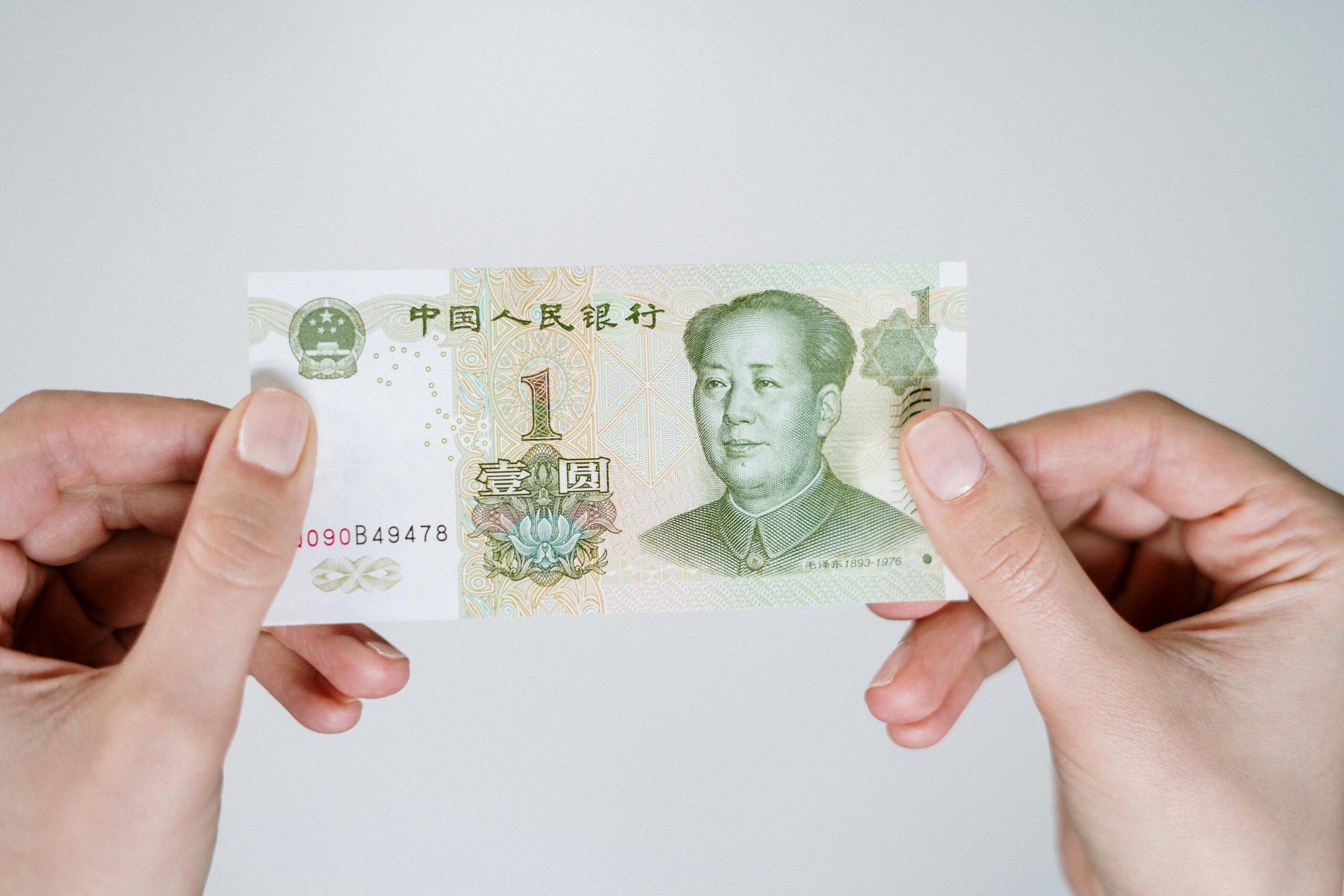
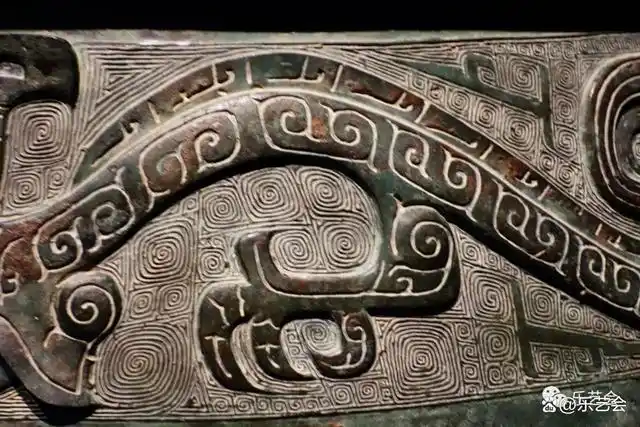
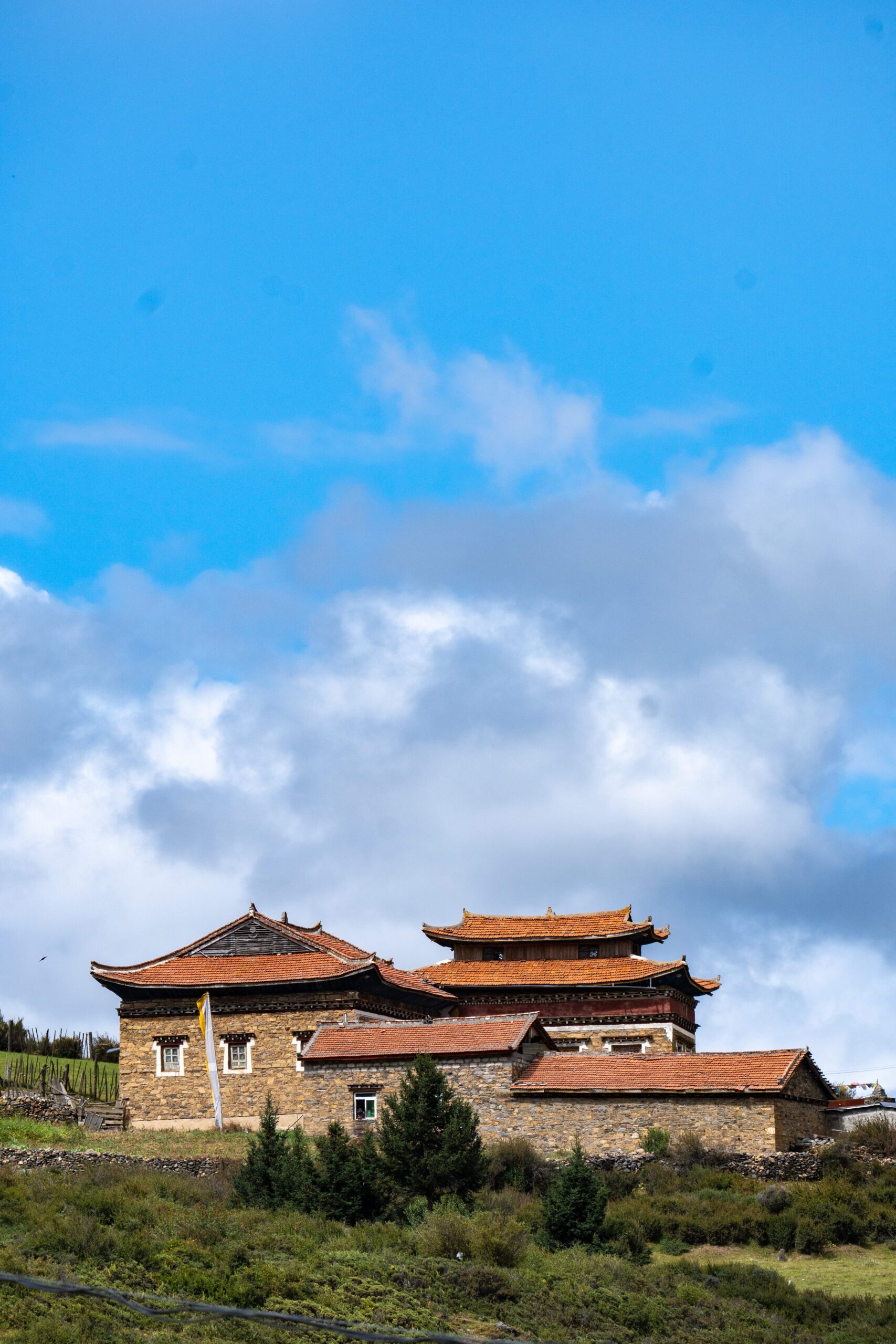
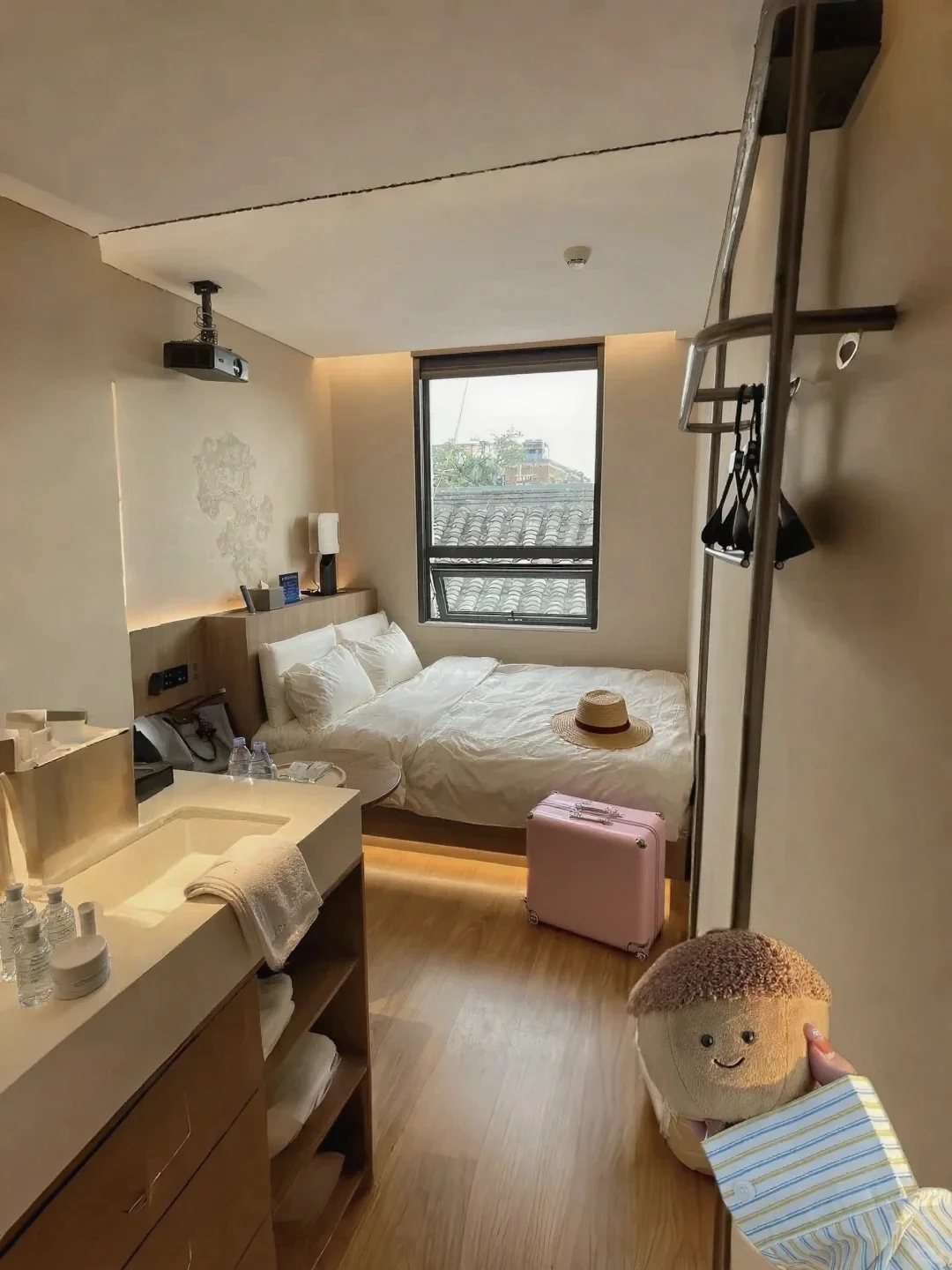
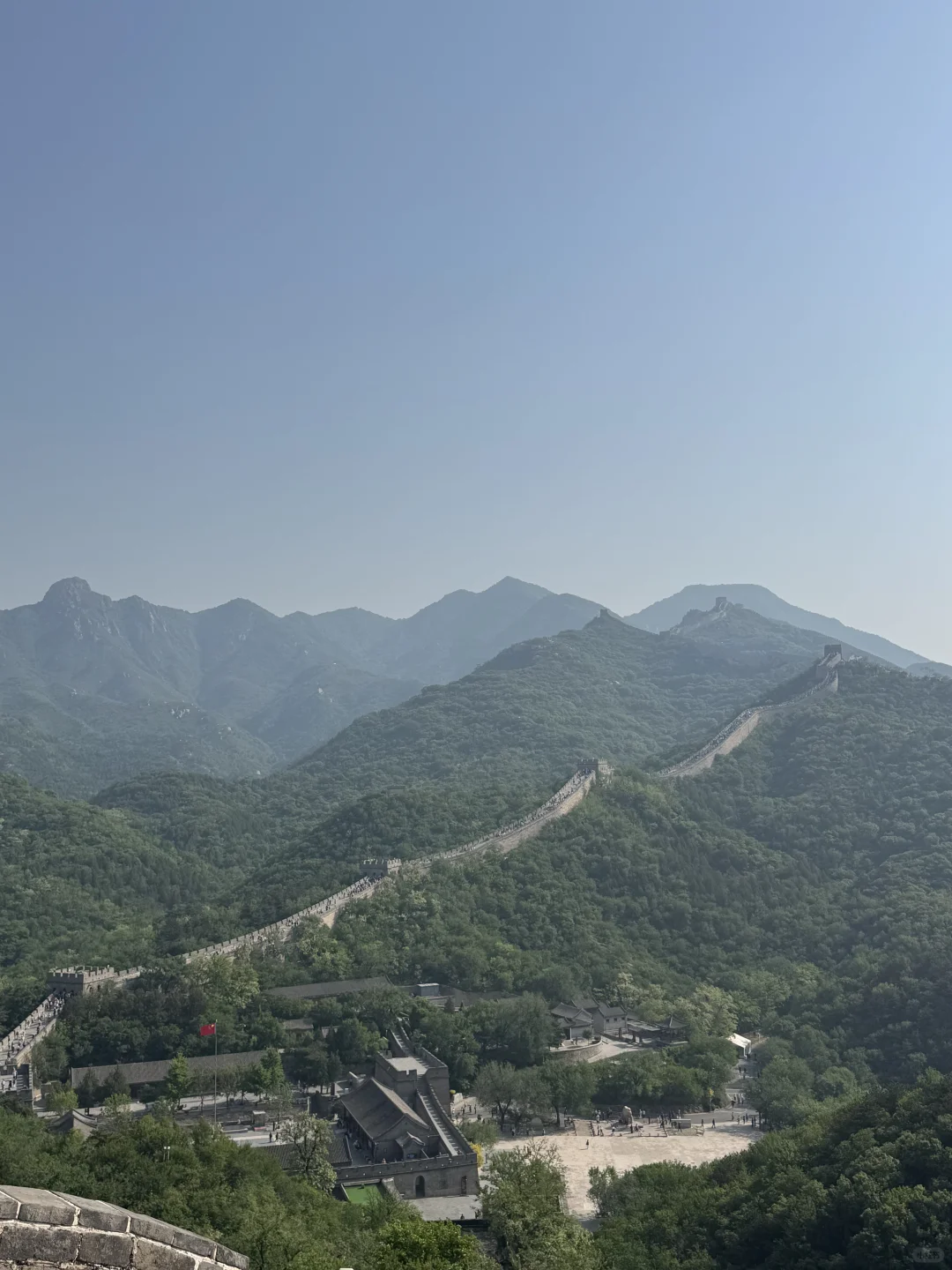
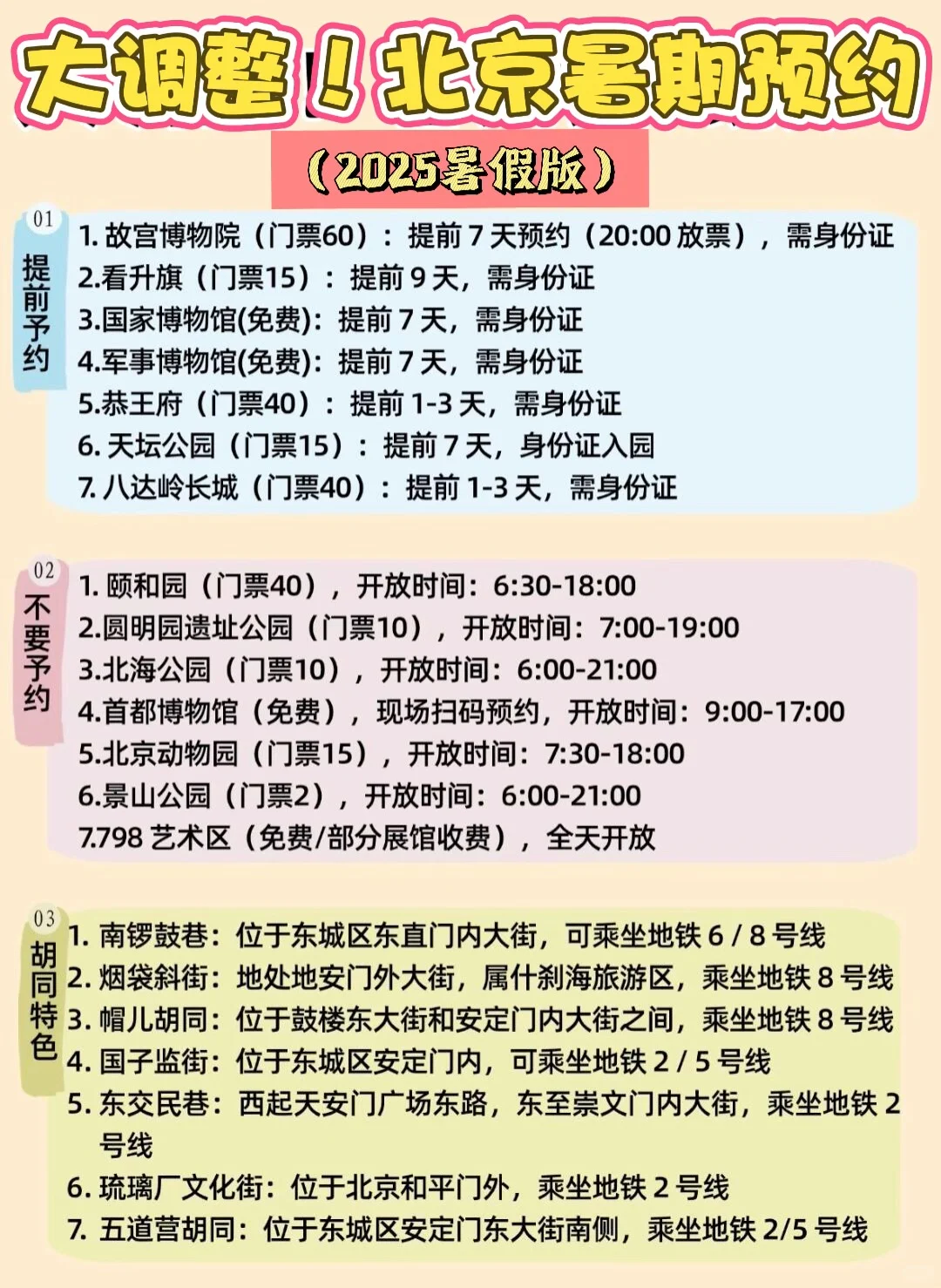
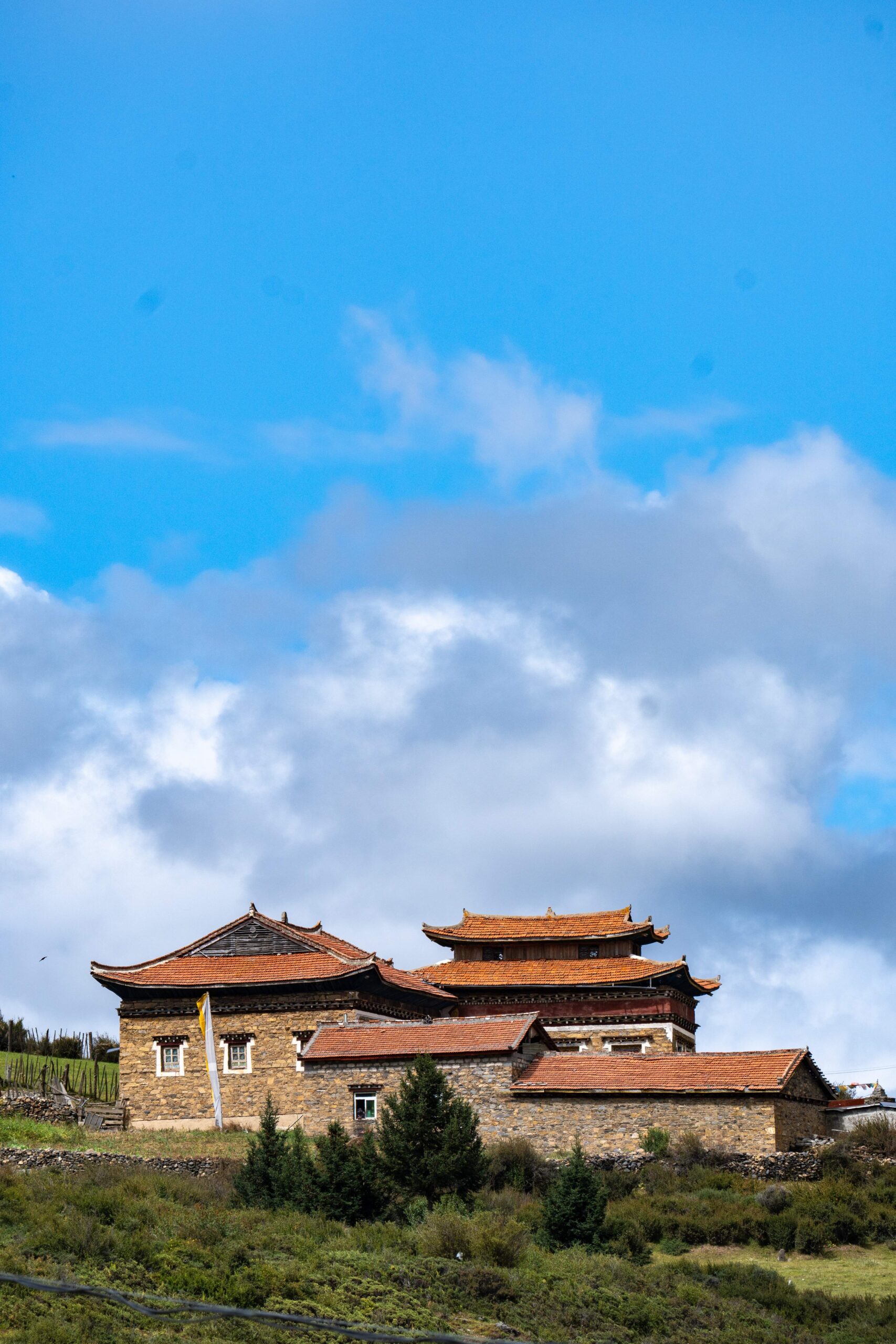
Explore the Real China.
Top Destination
Information